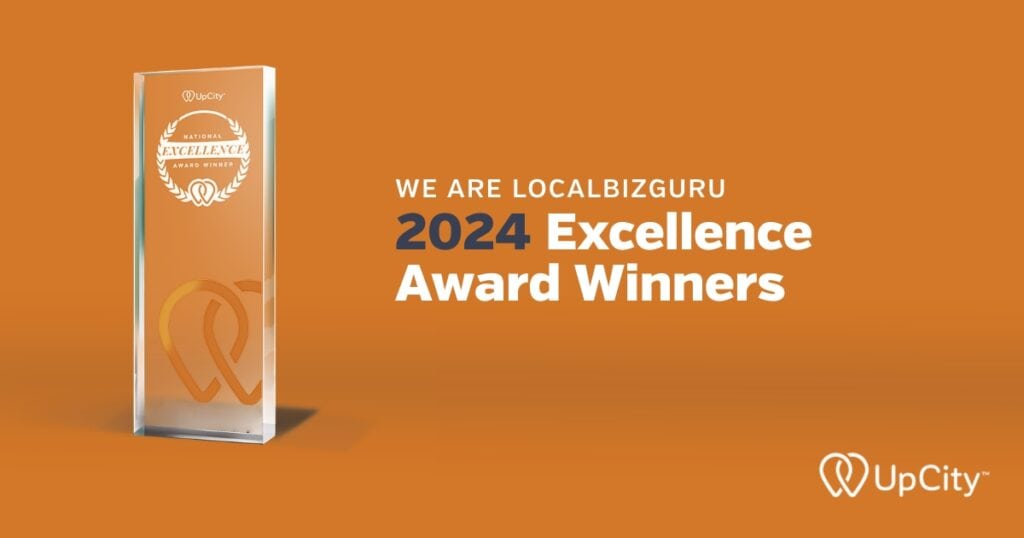

Top 5 Damaging Digital Marketing Myths in 2020
Recent Posts
Subscribe Via Email
Digital marketing is the single biggest marketing industry in the world. It’s exceeded television, it’s bigger than event planning.
Part of this is because every brand can and should participate.
Part of it is because far more customers — even locally — can be reached through digital marketing. Of course, any single practice with so many million practitioners will have a few myths floating around.
Five Digital Marketing Myths to Debunk
These digital marketing myths come from different sources, all repeated so many times that they are now misleading new, well-meaning brands entering the digital marketing sphere.
The problem is, that for any business that takes these fallacies as fact, it can be damaging and detrimental to their longterm business growth.
By breaking down each of the top 5 digital marketing myths in the 2020 business sphere, we hope to highlight how their busts frame the best practices we follow today.
1. Digital Marketing is All You Need
The first and biggest of the digital marketing myths of 2020 is that digital marketing is 100% of the marketing you need.
This is simply not true.
Any fully launched brand can tell you that marketing is a comprehensive project.
While you can easily get started through digital marketing, nothing beats word-of-mouth or referrals as the best marketing out there.
More than that, you will likely need in-person events, publications, and commercial spots before all are said and done. You’ll need to print branded shirts for audience members and staff, and include marketing assets in every physical package you send.
Additionally, direct mail marketing has seen an upsurge in its effectiveness in recent years due to its ability to stand out in an ever-dwindling number of standard mailpieces in our mailboxes.
In fact, it has become such that, people consider it more personal than an email, thereby increasing its effectiveness.
Digital marketing is huge. It envelopes the website, SEO, PPC, email, social media, blog, banner campaigns, partnerships with other websites, and some aspects of the online store. But you do need other types of marketing as well in order to create a complete, real-world experience for your customers.
2. “SEO is Dead”
Digital marketing myths about SEO pop back up from time-to-time, and as you can easily guess– it is always false.
The dramatic statement that “SEO is dead” is almost never meant by the writer. It’s usually used as the click-bait title of an article that talks about how much has changed over the last few years.
It’s true that search engine tactics have transformed dramatically in the last two, five, and ten years, respectively. Tactics that worked five years ago are black-listed now and best practices ten years ago are now what not to do.
So it may feel like the SEO that you learned first has “died”, but there is always another layer.
Why? People are still using search engines. Until that changes, SEO will be the online equivalent of setting up your digital storefront on the main drag through town.
3. B2B Does Not Need Digital Marketing
There are millions of manufacturing, logistics, and industry businesses that only serve other businesses. They do so quietly without flash and most jobs come from referrals or long-term business relationships.
You may have heard that digital marketing is not necessary for B2B businesses that don’t ride the tides of consumer whims. This was once true but is no longer.
Now, your online presence matters for a complex stack of reasons.
Your website is your online office and lobby for anyone who might want to visit. Customers, business partners, future employees; you need a website that shows the company’s best side, even if it’s not a primarily outgoing marketing campaign.
Your blog is now where experienced web researchers go to see if you “know your stuff”. Serious industry blogs with practical observations will be your bread-and-butter instead of click-bait for the consumers. But you will want a respectable company blog for perusal like a portfolio book for guests in your online “lobby”.
Your LinkedIn profile is no longer just a digital resume, but a serious business-to-business platform where business-minded people effectively network and prospect for their next business opportunities.
It is the B2B social media channel of choice in which you should be engaging and contributing to on a regular basis.
B2B businesses also benefit from online marketing when seeking expansion, both finding new clients and hiring new team members.
A well-built and honest online presence will draw people who naturally want to work with or in your shop.
4. My Industry is Too Boring for Digital Marketing
No industry is “too dull” in the eyes of those involved. There is always an interesting angle, a level of detail that will fascinate exactly the people you hope to attract.
There are two ways to approach an industry topic that you feel is dull. The first is to go niche – appeal to the people who care most about your service quality. The second is to bring interesting details to life for the average reader.

A carpet and floor cleaning business, for example. Some would say this is a dull topic, but they can take their digital campaign either way.
On the first path, they can talk about their professional cleaning methods and the lab-testable clean results.
On the second path, they can break it down to the fascinating molecular level. Explain in plain language, video, animations, or infographics how the cleaning methods destroy “dirt” and “germs”, and what dirt and germs really are. This will appeal to – and inform – a more general-audience of readers and potential clients.
A fantastic real-world example of this concept is the now-viral “Will it Blend?” video marketing series from Blendtec.
While there is nothing inherently interesting or entertaining about blenders, Tom Dickson the inventor and founder of Blendtec created a content marketing triumph by putting his heavy-duty blender up against the most random things he could find.
It was entertaining and compelling and he revolutionized his business and video marketing in general.
The bottom line here is, even the most boring subject can be made compelling by combining a bit of out-of-the-box thinking and digital marketing techniques.
5. Negative Reviews are Bad News
The first negative review a company gets can feel like an elevator dropping. It can feel like the party is over, and the digital marketing myths surrounding negative reviews may only fuel your worry.
Do not worry.
Negative reviews aren’t as bad as anyone thinks. In fact, they can be a blessing if used correctly. The more successful you get, the more valuable negative reviews become, for a couple of different reasons.
First, negative reviews are your time to shine in diplomacy. Say something nice, understanding, and offer customer support. Give a non-public channel to address detailed concerns and do your best to make the reviewer happy. If you succeed, they may change the review and become a happy conversion, a positive story that shows off your dedication to customer service.
Anyone who refuses your polite and diplomatic resolution reveals themselves to be a troll. Trolls are known trouble-stirrers and the internet population pays them no mind.
The second thing a negative review does is prove that your page is not “ballot stuffed” with shills. A shill is a hired good review. A few negative reviews from picky people who can’t be pleased will show that you’re not grooming your page and that your high-star rating is honestly earned.
Digital Marketing Myths – The Takeaway
In 2020, blindly believing these digital marketing myths can have devastating effects on your business and your bottom line.
Digital marketing is an essential part of any business’s modern presence in the market today. It is essential but not exclusive.
Whether you are consumer-facing or B2B, whether your industry is exciting at face-value or interesting under the surface, you can build a great digital marketing campaign by understanding today’s best practices and ignoring these damaging digital marketing myths.
Contact us today to consult on crafting and leveraging your digital marketing strategy effectively to achieve your current and future business goals.




